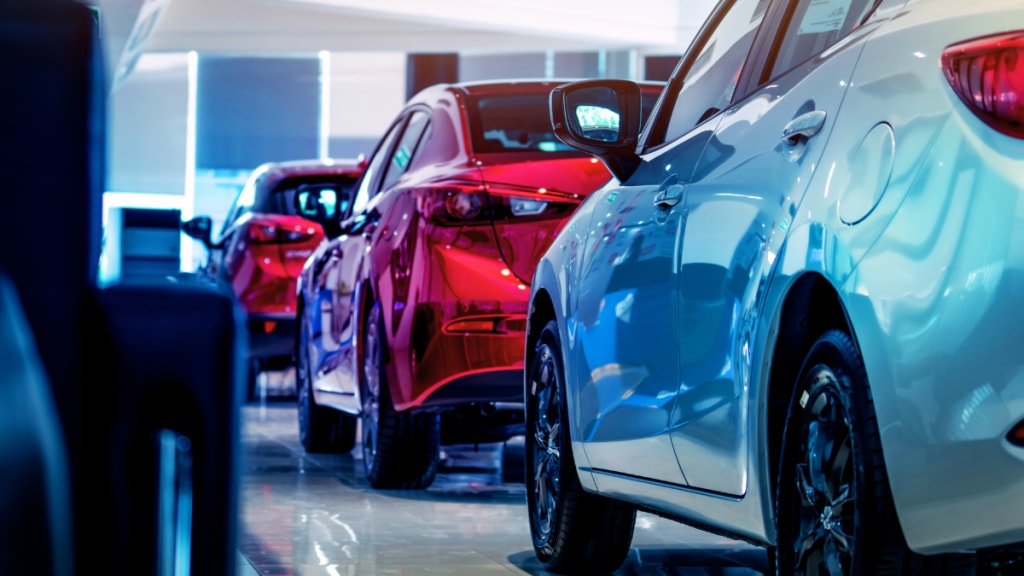Senior functionaries of the automotive dealer body will meet the Union ministers concerned on Wednesday to seek clarity on the proposed reduction in Goods and Services Tax (GST) as buyers shun purchases in the hope of a price cut.
Actual automotive purchases have dropped significantly since August 15, though there has been a marked rise in enquiry levels, said dealers. There are expectations of a steep cut in GST following Prime Minister Narendra Modi declaring the need for revamp in the eight-year-old indirect tax.
Small cars and two-wheelers could see the GST drop to 18% from the current 28% while bigger cars could attract a flat 40% tax tax instead of 43% to 50%, inducing buyers to put their purchases on hold.
Dealers cautious as festive season nears
CS Vigneshwar, president, Federation of Automobile Dealers Association said, “The walk-ins and enquiry levels have been very strong across dealerships during the last few days but actual purchases have been notably weak.”
“FADA is meeting HD Kumaraswamy (minister of heavy industries and public enterprises) and Piyush Goyal (minister of industry) to seek clarity on how this will be implemented,” Vigneshwar added.
Ahead of the festive season which begins in the final week of August, dealers have urged vehicle makers to avoid adding to the stock levels in the wake of the announcement of the GST cut. Dealers of passenger vehicles are sitting on enough stocks which would last them for 55 days or around 600,000 units.
“The old GST rate will have to be reversed on the existing stock if there is a cut in the rates. I am sure the government will take care of it,” Vigneshwar added.
A large Maruti Suzuki dealer from the south of the country stated that the GST cut will work to uplift the buyer sentiment more than volumes themselves and that the real jump in sales can be seen only in the January to March quarter.
“As it is with a 10% discount, there is no enthusiasm among car buyers today. So, this is a sentiment drive that the government is creating to induce the buyer,” the dealer said while acknowledging a surge in enquiries in the last few days despite a sharp drop in actual purchases.
Two-wheeler segment set to benefit most
Unlike the car segment where taxes are based on the size and type of the vehicle, the two-wheeler segment has a near-uniform tax. Little over 95% of all two-wheelers sold in India have 28% GST irrespective of the size of their engine.
Experts believe that the price-sensitive, entry motorcycle segment (100-110cc) will hugely benefit from any reduction in taxes. This segment has shrunk substantially over the years following sustained hikes in vehicle prices.
“The price of the entry level two-wheelers have gone up by 40% in the last few years, driving away buyers in the rural markets which is where such bikes are sold in huge numbers especially during weddings,” said a Bajaj Auto dealer.
About 92% of Hero MotoCorp’s (HMCL) volumes come from less than 125cc bikes, while the share is 60% and 38% for Bajaj Auto (BAL) and Honda Motorcycle and Scooter India (HMSI). A report by BNP Paribas Exane estimates a volume growth of 18% for HMCL, 12% for BAL and 8% for HMSI if there is a 10% GST rate cut.

